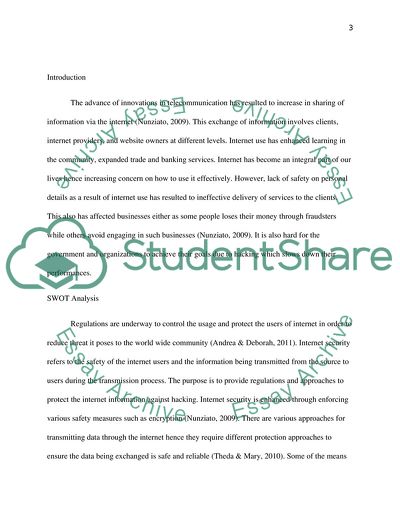Cite this document
(Internet Security - Privacy in Context Essay Example | Topics and Well Written Essays - 2500 words, n.d.)
Internet Security - Privacy in Context Essay Example | Topics and Well Written Essays - 2500 words. https://studentshare.org/information-technology/1797712-term-paper-networking
Internet Security - Privacy in Context Essay Example | Topics and Well Written Essays - 2500 words. https://studentshare.org/information-technology/1797712-term-paper-networking
(Internet Security - Privacy in Context Essay Example | Topics and Well Written Essays - 2500 Words)
Internet Security - Privacy in Context Essay Example | Topics and Well Written Essays - 2500 Words. https://studentshare.org/information-technology/1797712-term-paper-networking.
Internet Security - Privacy in Context Essay Example | Topics and Well Written Essays - 2500 Words. https://studentshare.org/information-technology/1797712-term-paper-networking.
“Internet Security - Privacy in Context Essay Example | Topics and Well Written Essays - 2500 Words”. https://studentshare.org/information-technology/1797712-term-paper-networking.


